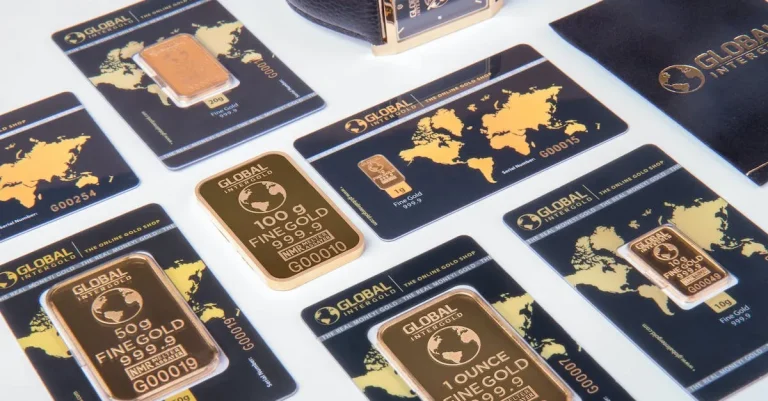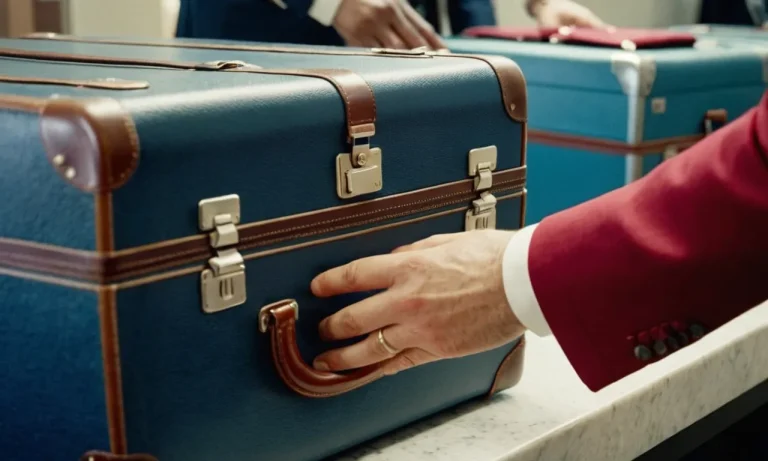If you’re a tea lover, you’ve probably wondered if you can make a cup of tea by simply dropping a tea bag into a glass of cold water.
While this shortcut seems convenient, especially on a hot summer day, the truth is that steeping tea in cold water doesn’t produce the best flavor.
In this comprehensive guide, we’ll explore whether you can brew tea with cold water, examine the science behind proper tea brewing, and provide tips for making great-tasting iced tea.
If you’re short on time, here’s a quick answer to your question: while you can technically put a tea bag in cold water, it won’t properly extract all the flavors and compounds that produce a delicious cup of tea.
For the best taste, you should brew your tea with hot water first, then cool it down over ice. Read on to learn why this makes such a big difference in taste.
Why Hot Water Is Essential for Brewing Tea
When it comes to brewing tea, hot water plays a crucial role in extracting the flavors and aromas from the tea leaves.
The temperature of the water activates key compounds that are responsible for creating the unique taste and characteristics of the tea.
Temperature Activates Key Compounds
Hot water helps to release the essential oils, polyphenols, and other compounds present in tea leaves. These compounds are responsible for the taste, color, and overall quality of the tea.
By using hot water at the appropriate temperature, you can ensure that the full range of flavors and aromas are extracted from the tea leaves.
Cold Water Doesn’t Allow the Tea to Steep Correctly
Cold water, on the other hand, does not have the same effect on the tea leaves. It does not activate the key compounds in the same way that hot water does.
When you steep tea in cold water, it takes much longer for the flavors to develop, and the resulting brew may taste weak or bland.
Additionally, some compounds, such as tannins, which contribute to the astringency of tea, are not fully extracted when using cold water.
What Happens When You Use Cold Water to Brew Tea
When you use cold water to brew tea, it can have a significant impact on the flavor and overall taste of the tea. Here are some things that happen when you use cold water:
Less Flavor Extraction
Using cold water to brew tea results in less flavor extraction compared to using hot water. This is because the chemical compounds responsible for the flavors in tea are released more slowly in cold water.
The lower temperature hinders the extraction process, resulting in a weaker and less flavorful cup of tea. If you’re looking to fully enjoy the rich and aromatic flavors of your tea, it’s best to use hot water.
Longer Steeping Time Needed
When brewing tea with cold water, you’ll need to increase the steeping time to compensate for the lower temperature.
Since cold water is less effective at extracting flavors, it may take longer for the tea leaves to fully infuse and release their flavors; from 2 to 12 hours.
It is recommended to steep the tea for at least twice as long as you would with hot water to achieve a comparable taste. Keep in mind that steeping time may vary depending on the type of tea you’re brewing.
Overall Weaker Taste
Due to the reduced flavor extraction and longer steeping time, using cold water to brew tea often results in an overall weaker taste. The tea may lack the depth and complexity that hot water can bring out in the flavors.
If you prefer a robust and full-bodied cup of tea, using hot water is the way to go.
Tips for Brewing Iced Tea
Start with Hot Water
When making iced tea, it’s important to start with hot water. This helps to extract the flavors from the tea leaves or bags more effectively.
Simply boil some water and pour it over the tea leaves or bags in a heat-resistant container. Let it steep for the recommended amount of time, usually around 3-5 minutes.
Use More Tea Leaves or Bags
Since you’ll be diluting the tea with ice, it’s a good idea to use a bit more tea leaves or bags than you would for a regular hot cup of tea.
This will ensure that the flavors are not lost when the ice melts. A general rule of thumb is to use double the amount of tea for iced tea compared to hot tea.
For example, if you usually use one tea bag for a cup of hot tea, use two tea bags for a cup of iced tea.
Give it Time to Steep
Steeping time is crucial when making iced tea. The longer you let the tea steep, the stronger the flavor will be. However, be mindful not to over steep, as it can lead to a bitter taste.
Follow the recommended steeping time provided on the tea packaging or adjust it to your personal preference.
Cool It Down Properly
After the tea has steeped, it’s important to cool it down properly before adding ice. Pour the steeped tea into a separate container and let it cool at room temperature for a while.
This helps to prevent the ice from melting too quickly and diluting the tea. Once the tea has cooled down, you can add ice cubes and enjoy a refreshing glass of iced tea.

Other Cold Brew Tea Options
Cold Brew Tea Bags
If you’re looking for a convenient and hassle-free way to enjoy cold brew tea, then cold brew tea bags are a great option.
These tea bags are specifically designed to steep in cold water, allowing you to make a refreshing glass of iced tea in no time.
Simply place the tea bag in a pitcher of cold water and let it steep for a few hours or overnight. The longer you steep the tea, the stronger the flavor will be.
Once the desired strength is reached, remove the tea bag and enjoy your cold brew tea.
Cold Brew Tea Makers
If you’re a fan of cold brew tea and want to take your brewing experience to the next level, consider investing in a cold brew tea maker. These innovative devices make the process of steeping cold brew tea even easier.
Simply add your favorite tea leaves or tea bags to the infuser basket, fill the pitcher with cold water, and let the tea steep for the recommended time.
Some cold brew tea makers even have built-in filters, making it easy to pour and serve the tea directly from the pitcher.
With a cold brew tea maker, you can enjoy a perfectly brewed glass of iced tea every time.
Refrigerator Steeping Method
If you don’t have access to cold brew tea bags or a cold brew tea maker, don’t worry! You can still make delicious cold brew tea using the refrigerator steeping method.
Simply place your favorite tea leaves or tea bags in a pitcher of cold water and place it in the refrigerator.
Let the tea steep for at least 6-8 hours or overnight. The cold temperature of the refrigerator allows the tea to slowly infuse into the water, creating a smooth and flavorful cold brew tea.
Once the steeping time is over, remove the tea leaves or bags and enjoy your homemade cold brew tea.
Conclusion
While it may seem quick and easy to throw a tea bag into a glass of cold water, this shortcut delivers subpar flavor.
To get the most out of your tea leaves, always start by brewing with hot water, then cool it down gently before serving over ice.
With the proper technique, you can enjoy fresh, flavorful iced tea all season long. For delicious cold brew options, try using special tea bags formulated for no-heat steeping.
Just be sure to give them plenty of time to infuse in the fridge.
Follow our tips, and you’ll be an iced tea expert in no time!






